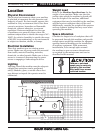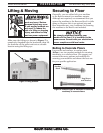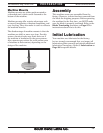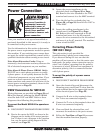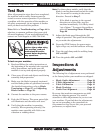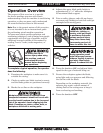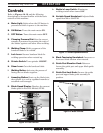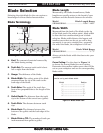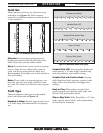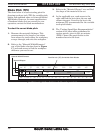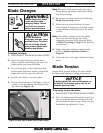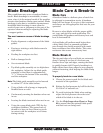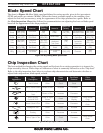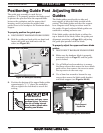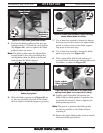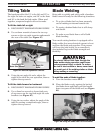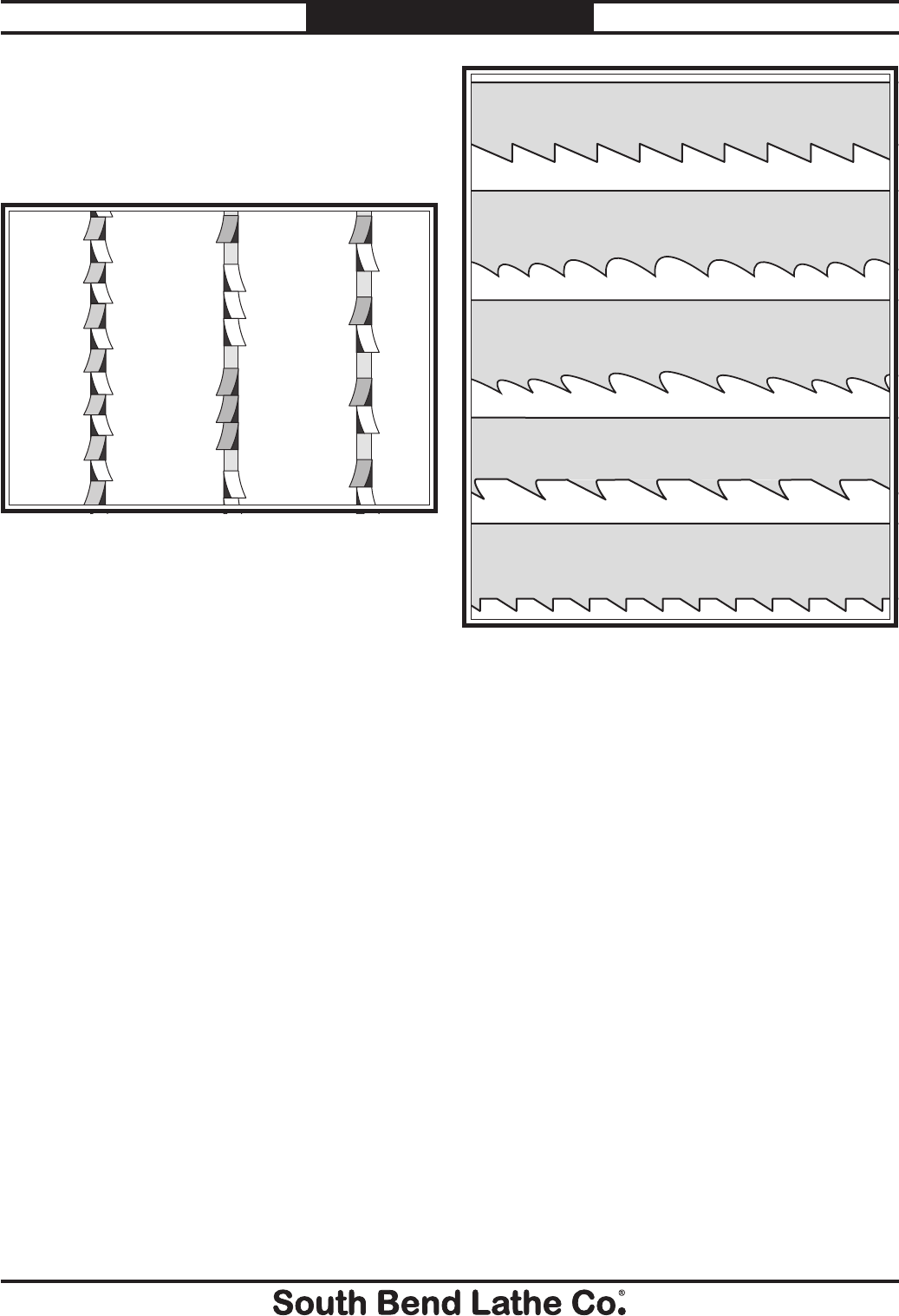
For Machines Mfg. Since 8/09 Model SB1040/SB1041
-25-
OPERATION
Tooth Set
Three common tooth sets are alternate, wavy,
and raker (see Figure 15). Each removes
material in a different manner to make the kerf
in the workpiece.
Standard (or Raker)
Variable Pitch (VP)
Variable Pitch Positive Rake
Hook (or Claw)
Skip (or Skip Tooth)
Figure 16. Bandsaw blade tooth types.
Variable Pitch (VP): Varying gullet depth and
tooth spacing, a "0" rake angle, excellent chip
removing capacity, and smooth cutting.
Variable Pitch with Positive Rake: Varying
gullet depth and tooth spacing, a positive rake
angle, better chip formation, and aggressive
cutting.
Hook or Claw: Wide gullets (round or flat),
equally spaced teeth, positive rake angle, and
fast cut with good surface finish.
Skip or Skip Tooth: Wide, flat gullets, a "0" rake
angle, equally spaced teeth, and recommended
for non-ferrous materials.
Alternate: An all-purpose arrangement of
bending the teeth evenly left and right of the
blade. Generally used for milder metals.
Wavy: Generally three or more teeth in a group
that are bent one way, followed by a non-set
tooth, and then a group bent the other way.
Recommended for straight cuts in thin metals or
thin-wall tubing.
Raker: Three teeth in a recurring group—one
bent left, next one bent right, and then a non-
set tooth. The raker set is ideal for most contour
cuts.
Tooth Type
The most common tooth types are described
below and illustrated in Figure 16.
Standard or Raker: Equally spaced teeth set at
a "0" rake angle. Recommended for all purpose
use.
Alternate
Wavy
Raker
Figure 15. Bandsaw blade tooth sets.



